The Legacy: Charles Rolls and 'the best cars in the world'
Tragically killed at 32, Charles Rolls accomplished plenty in his short life, including founding Rolls-Royce.
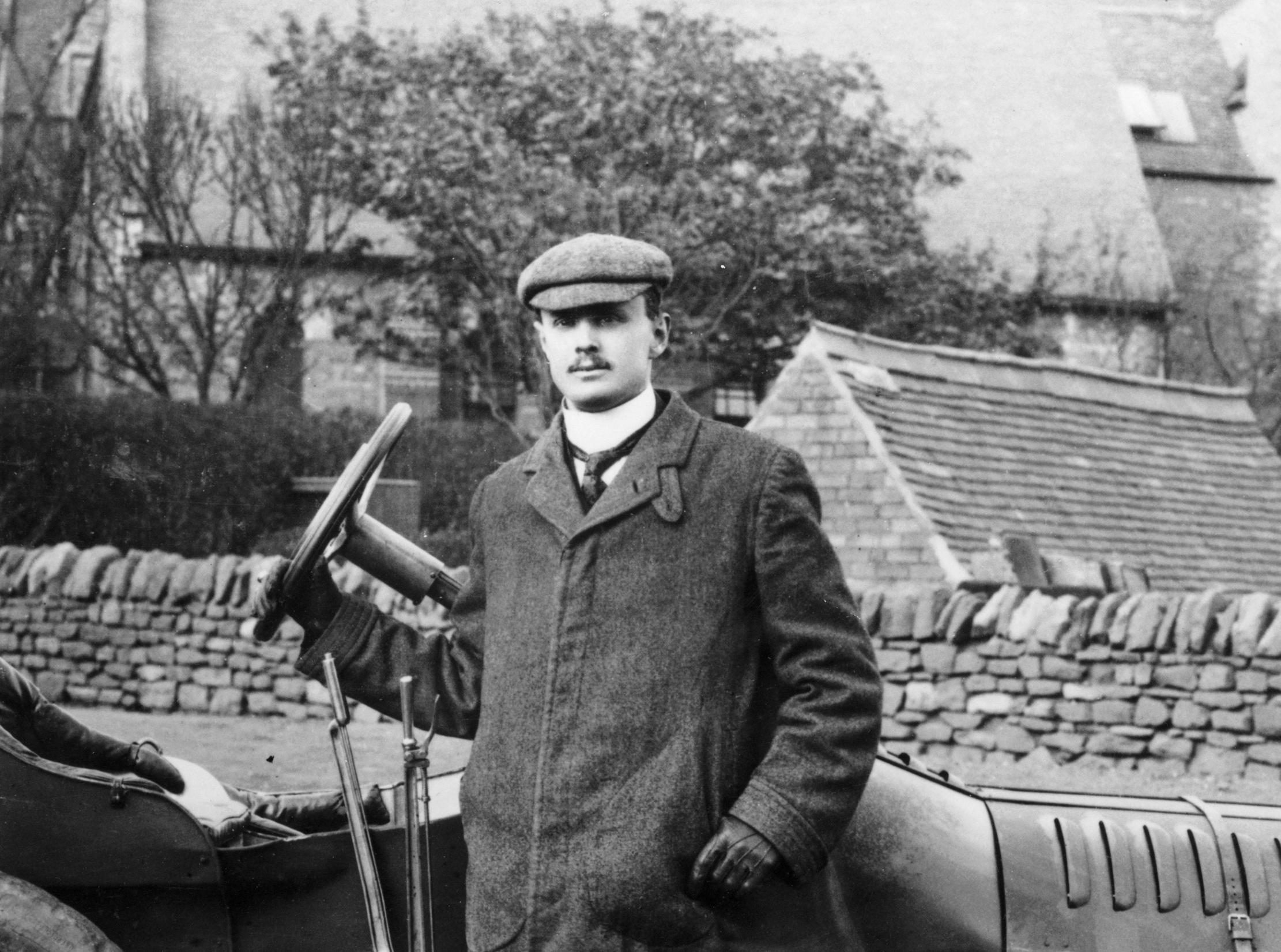

'Dirty Rolls!’ the Etonians called him, but they won’t be laughing now. Charles Stewart Rolls (1877–1910), son of Lord and Lady Llangattock of The Hendre, the grand Victorian estate of Monmouthshire, Wales, developed an enthusiasm for ‘tinkering’ with engines when at Eton and, in 1895, he enrolled at Trinity College, Cambridge, to study mechanical engineering and applied science.
At 18, Rolls travelled to Paris to buy his first car, spending £225 on a Peugeot Phaeton. It was the first motorcar in Cambridge and one of the first three to be owned in Wales — when Monmouth townsfolk heard he was driving home, they waited two days and nights to glimpse the car crossing the Monnow bridge.
The first driving excursion of the Duke and Duchess of York, later George V and Queen Mary, was with Rolls at the wheel, from The Hendre in October 1900. By graduation, he was an accomplished motorist, taking part in races around the world. To fund his sporting activities, he established C. S. Rolls & Co, one of the first car dealerships in Britain, selling Peugeot and Minerva motorcars.
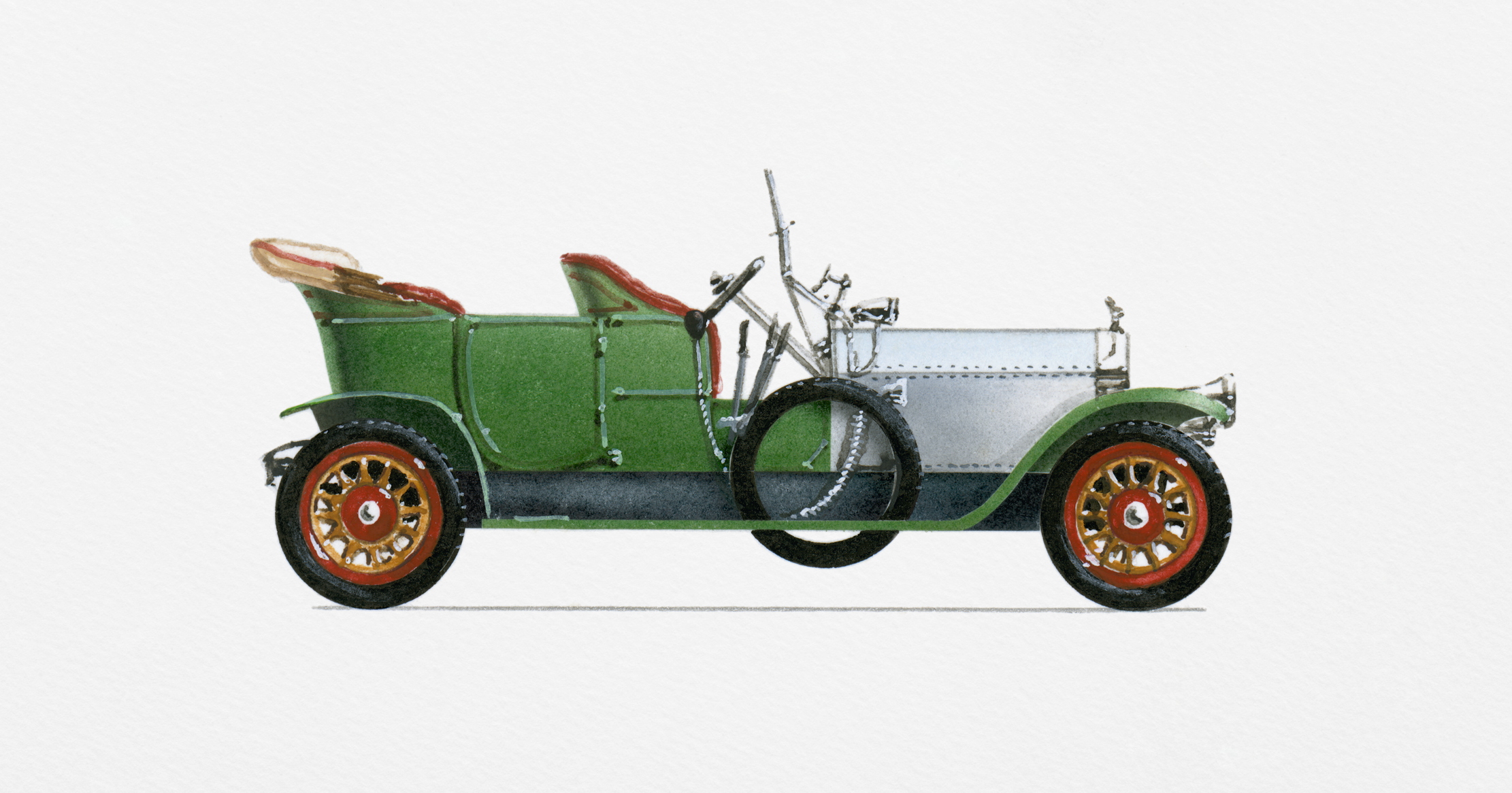
In May 1904, Rolls, who was determined his name would be associated with the finest cars in the world, met Henry Royce, an electrical engineer, and the first Rolls-Royce was unveiled at the Paris Salon in December. In 1906, Rolls-Royce Limited was formalised, the Silver Ghost made its inaugural appearance and awards have been won ever since.
He was was a founding member of the Auto-mobile Club of Great Britain, which successfully campaigned against the 4mph speed limit imposed by the Loco-motive Act 1865, raising it to 14mph in 1896. The engineer was a pioneer aviator and balloonist, and the first to fly a non-stop double crossing of the English Channel. Sadly, he was also the first Briton to be killed in an aeronautical accident, at the age of only 32.
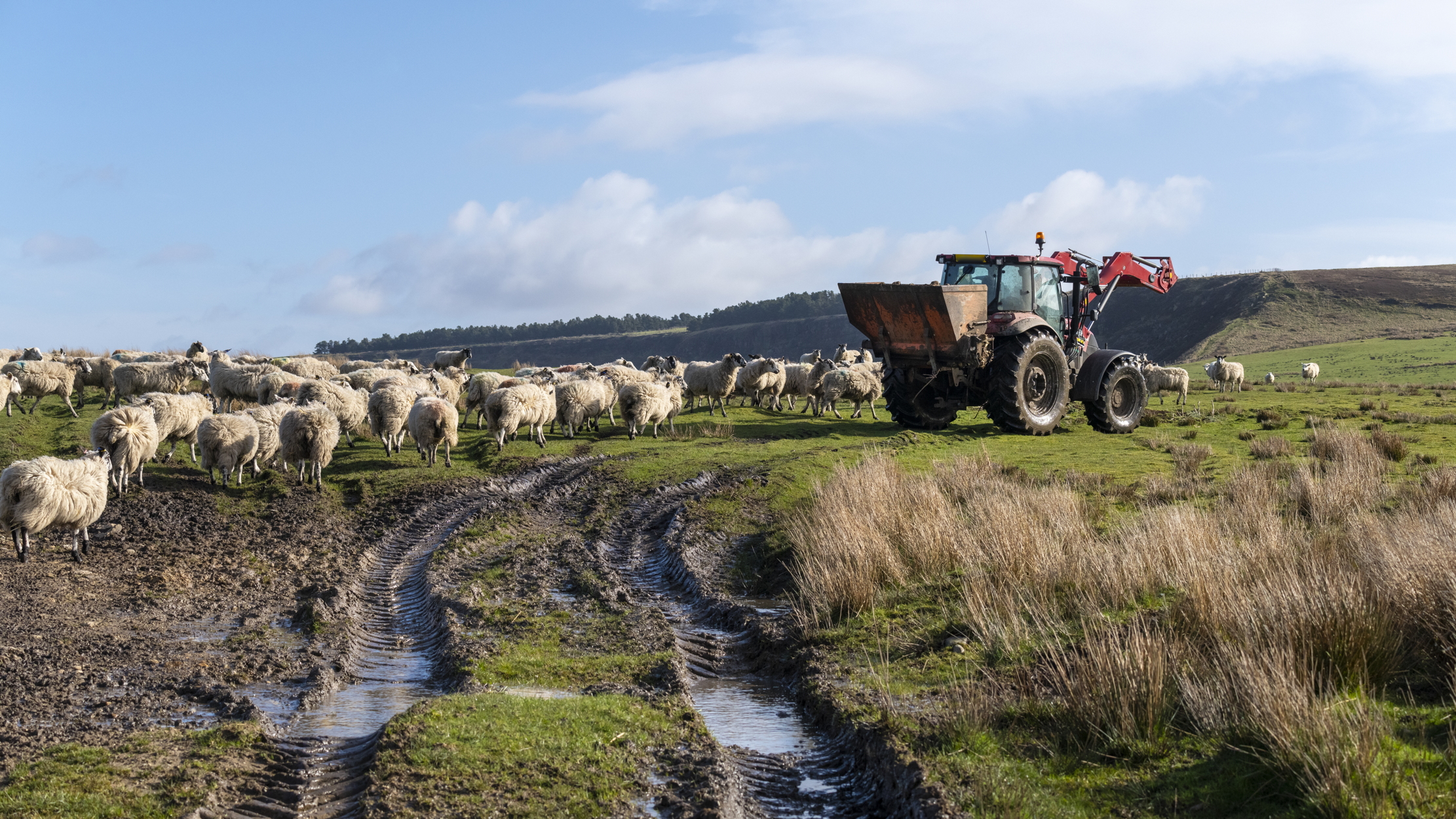
Credit: R A Kearton via Getty Images
The Legacy: Godfred Baseley, the man who invented The Archers
We take a brief look at the life and inspiration of the man behind the world's longest running radio serial.
Exquisite houses, the beauty of Nature, and how to get the most from your life, straight to your inbox.
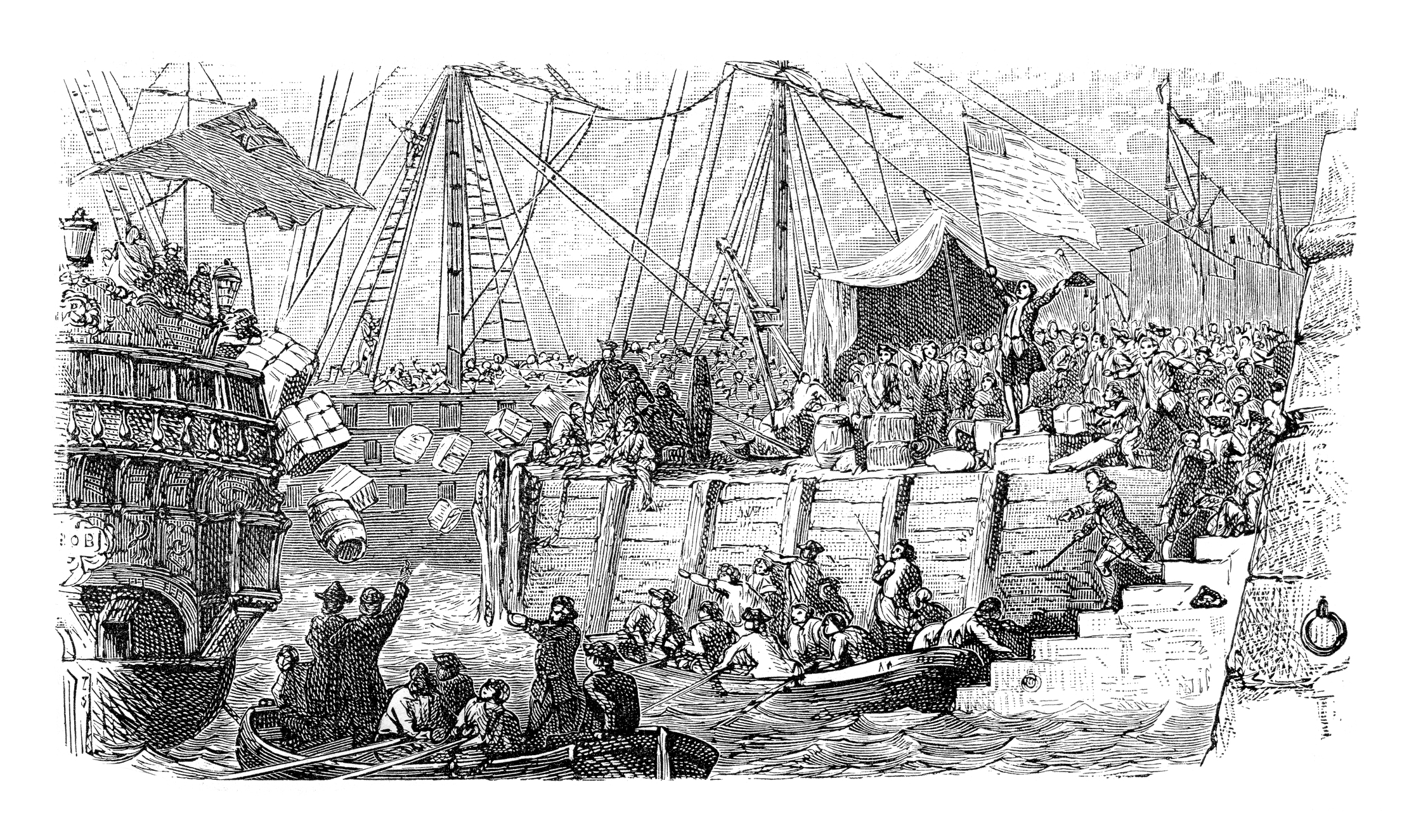
Credit: Ralf Hettler/grafissimo via Getty Images
The Legacy: Thomas Twining, the man who made such good tea, not even the Boston rebels would toss it in the harbour
Arriving in London as a young boy, Thomas Twining saw a gap in the market, and made his name as
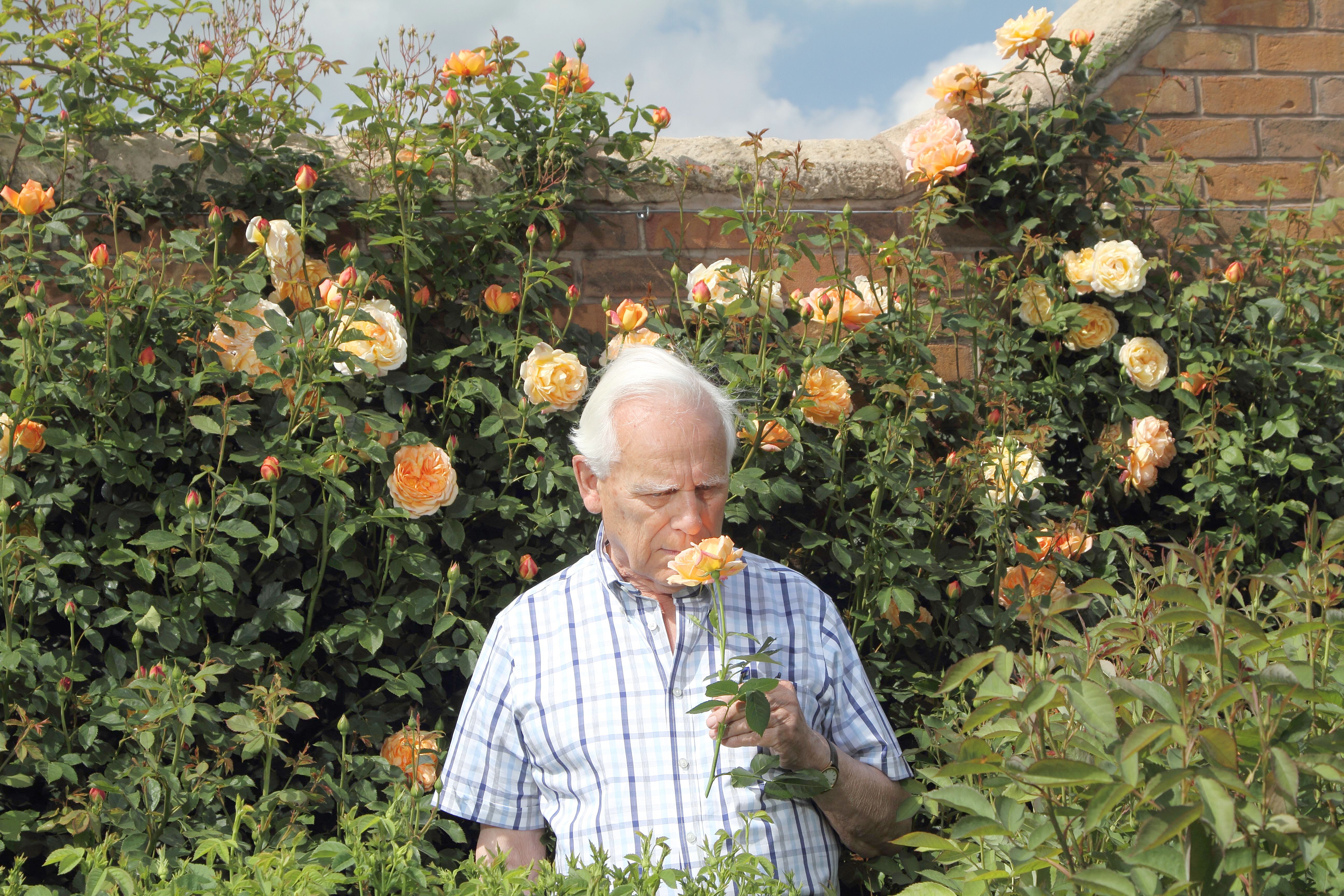
The Legacy: David Austin's English roses
Tiffany Daneff pays tribute to David Austin, the man whose name remains synonymous with roses even five years after his
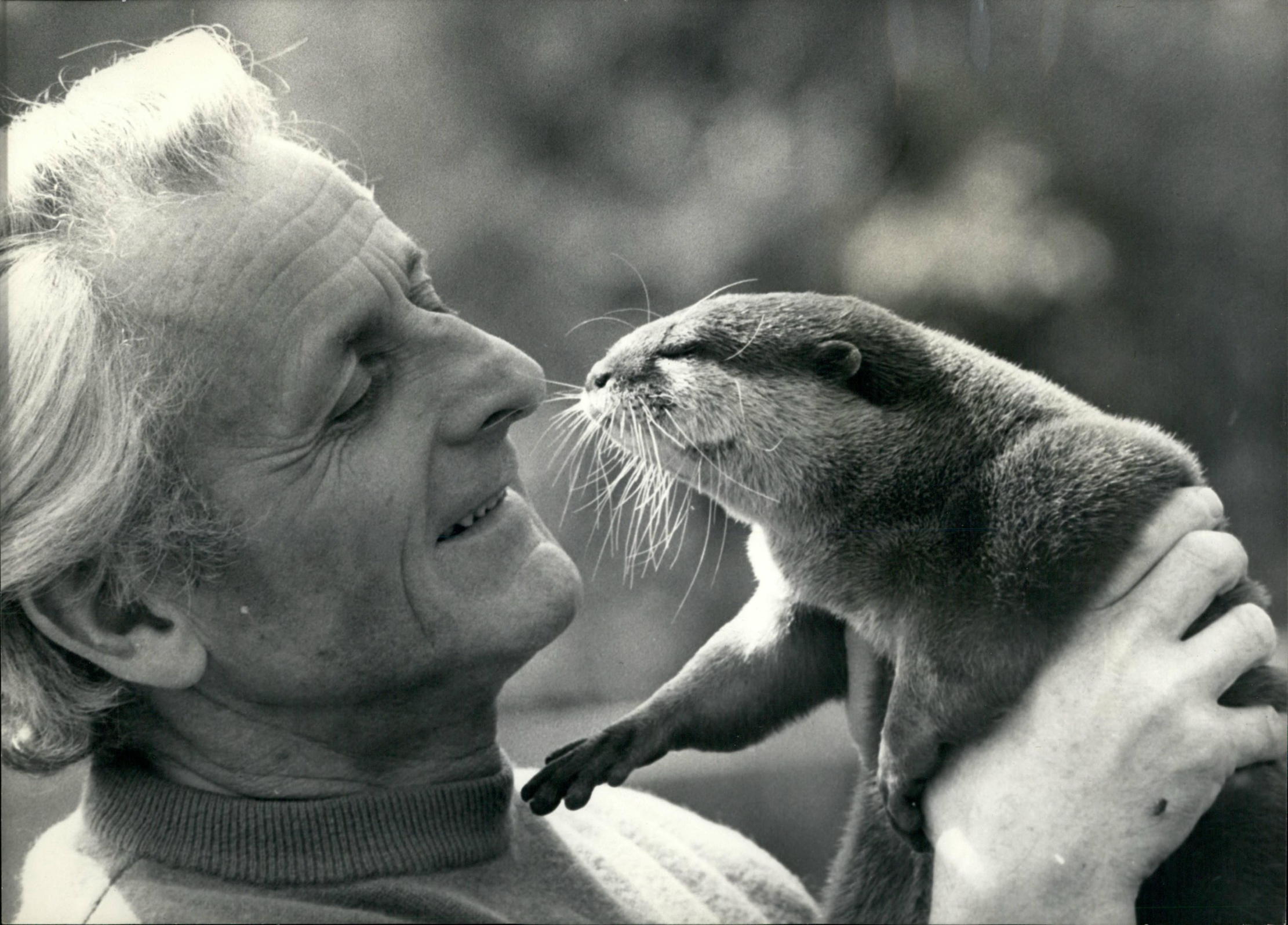
The Legacy: Philip Wayre, the man who saved the otter
The heartwarming tale of how this film-maker and naturalist restored the otter to English rivers.
Amie Elizabeth joined Country Life in 2022. She studied history at Edinburgh University and previously worked in interior design and fashion styling. She regularly contributes to Country Life’s London Life section and compiles the weekly Barometer feature. She also writes for Luxury London and has covered everything from Chanel suits and art events, to the best pies in London.
-
 Oh, my gourd, it’s Hallowe’en: How best to decorate your home with pumpkins, squashes and more
Oh, my gourd, it’s Hallowe’en: How best to decorate your home with pumpkins, squashes and moreAs the feast of All Hallow’s Eve approaches, Debora Robertson advises how best to decorate your home with autumn's edible bounty.
-
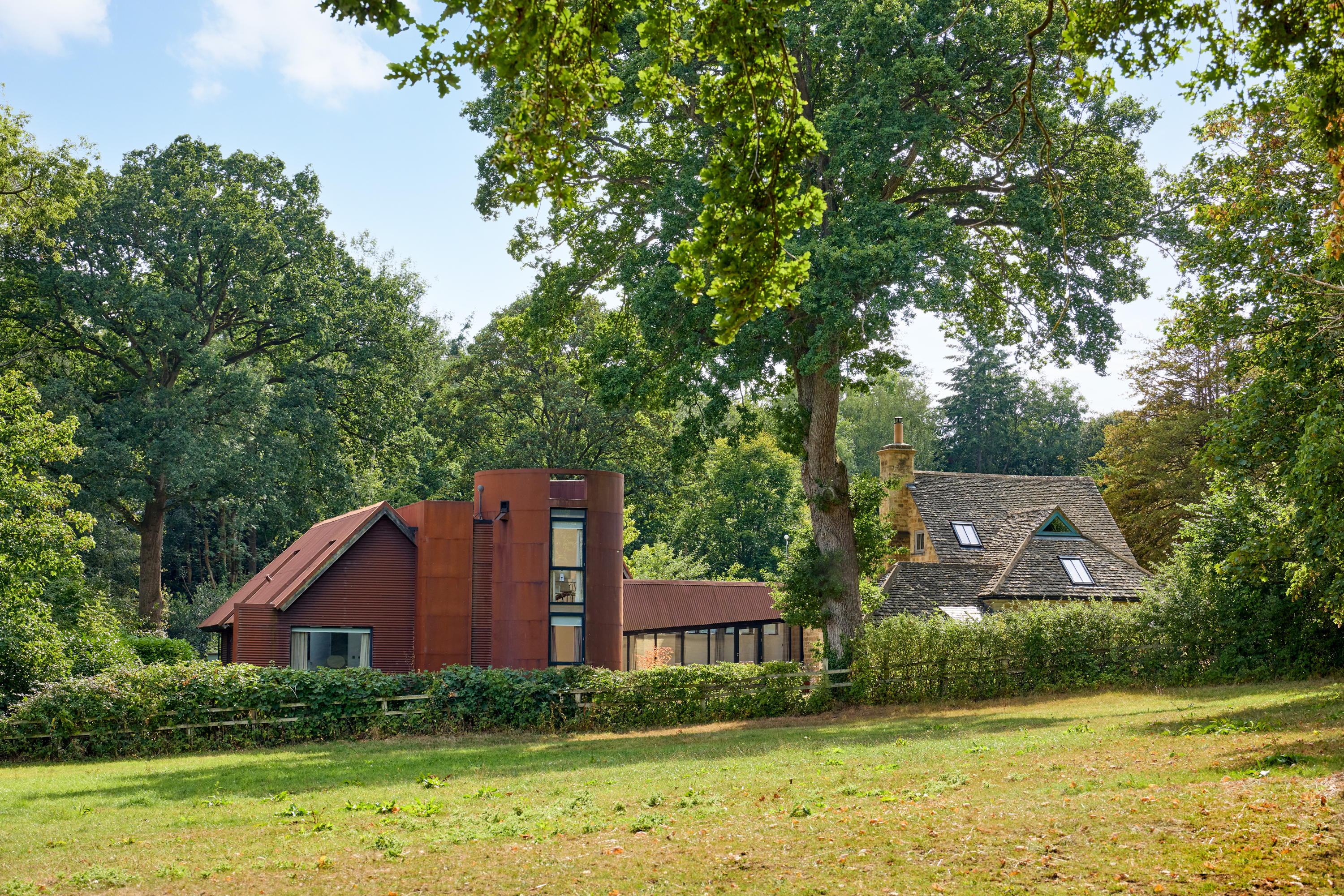 A Cotswolds property that's the strangest mix of old and new we've ever seen... and yet somehow, it all works
A Cotswolds property that's the strangest mix of old and new we've ever seen... and yet somehow, it all worksThe Gasworks is a house quite unlike anything you've seen before — or at least anything you've seen all in one place. Toby Keel takes a closer look.
